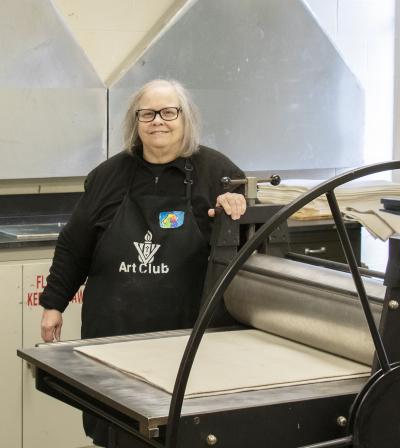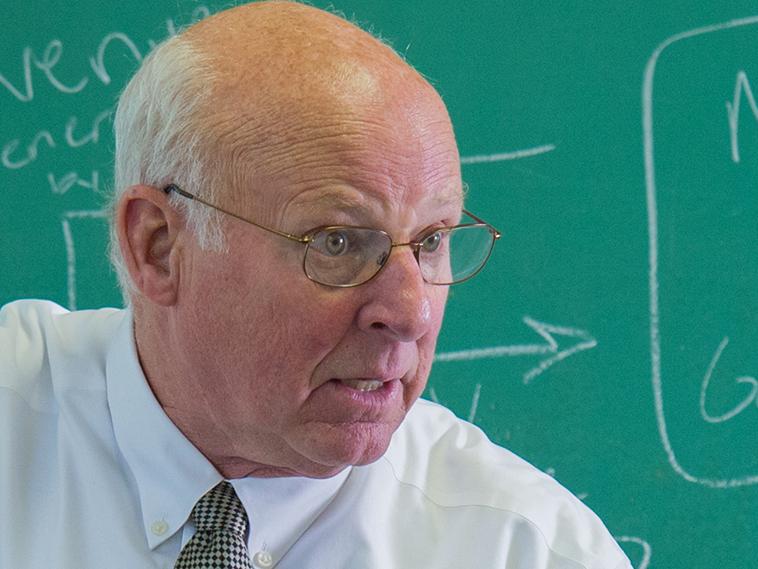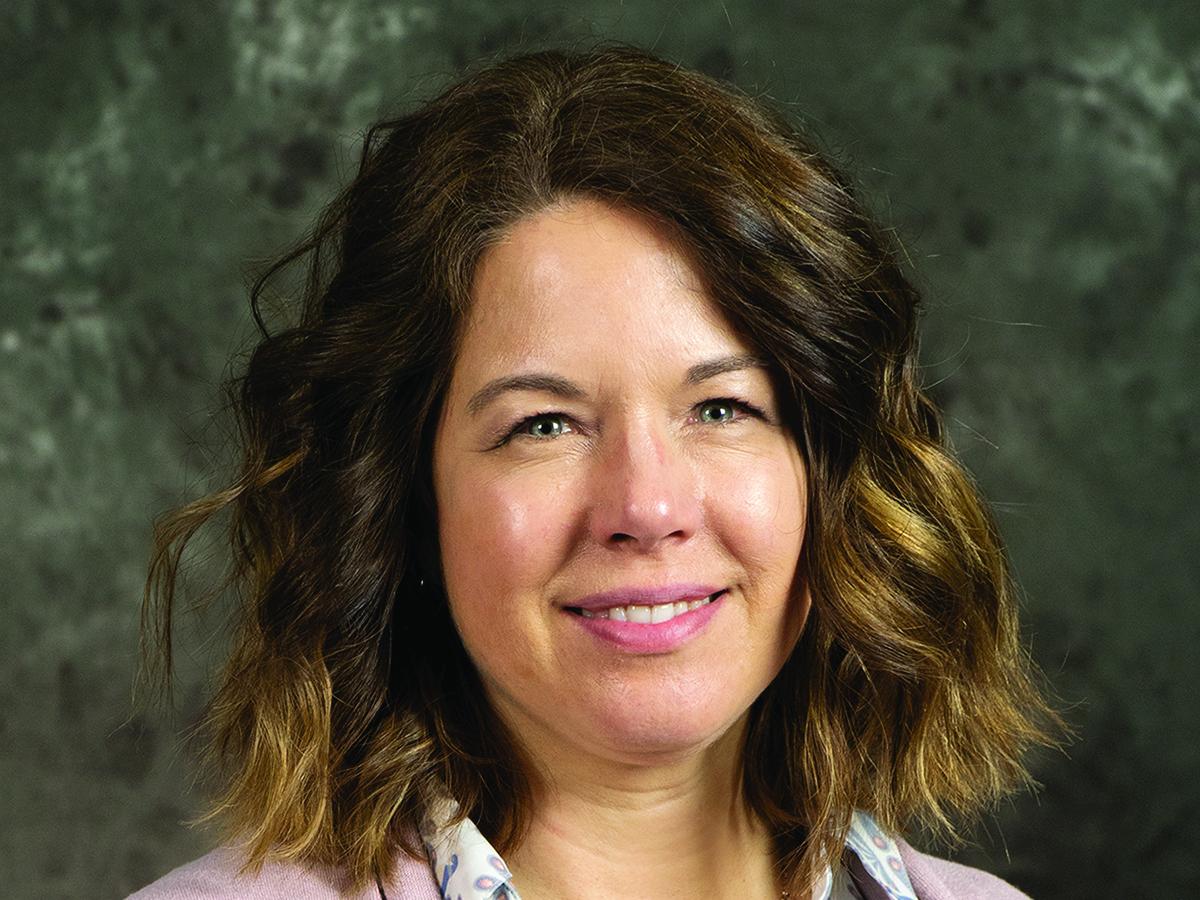Lisa Schoenfielder began at Viterbo University as an art department faculty member in 1996. She will retire in May after touching the lives of her students for more than 20 years.
Q. When did you become interested in art?
A. As far back as I can remember, art was a daily activity. My older sister was my role model and more accomplished mentor. Growing up outside of Chicago, we had exceptional public school art teachers. To this day we both credit these art teachers for preparing us for becoming art majors in college and have careers as artists/teachers. I looked up to my art teachers and when asked to teach I felt honored and wanted to rise to the occasion.
Q. What led to your love and expertise in printmaking?
A. For me, drawing and printmaking are inextricably bound. Learning printmaking was an extension of my love for drawing and this led me to want to go to Iowa City to study with noteworthy printmaker Mauricio Lasansky at the University of Iowa. In graduate school I worked in the print study room at the University of Iowa art museum where I handled original prints by such artists as Albrecht Durer and Rembrandt van Rijn. After earning a Master of Fine Arts in printmaking, I was invited to study in the Ph.D. program in art education at the University of Iowa. I consider myself so lucky to have been given these opportunities.
Q. What have been the best parts of being an art department faculty member at Viterbo?
A. Working with a great art faculty at a college known for art and working with students and seeing them grow as individuals through the study of art. I was honored that Viterbo chose me to join the faculty.
Q. What have been the favorite highlights of your career?
A. Buying my etching press in graduate school and having it shipped from England, being invited to teach at Viterbo and realizing what a special place it is, and seeing many of my students go on to be artists, art teachers, and to pursue graduate studies in art and art education.
Q. Why was it important for you to teach Afterschool Art Workshops for many years?
A. The Afterschool Art Workshop allowed art education students to plan a class for children, build the walls and classroom from the ground up, budget and purchase the materials needed, write meaningful lesson plans, and teach eight sessions over an eight-week course. The student teachers in this course developed real relationships with children as well as their parents. This experiential learning benefited the Viterbo art students as well as the community. Doing big projects at the Mathy Center Boys & Girls Club like the three-year woodcut workshop allowed art and art education students to be part of an undertaking that requires a huge commitment and a great deal of organization. In the woodcut workshops each student at the Boys & Girls Club had a Viterbo art student mentor. These kinds of experiences can be life changing for all involved.
Q. What do you do for fun?
A. Besides making art I read, listen to music, work in the yard, and visit with friends and family. During retirement I look forward to working in my studio.



